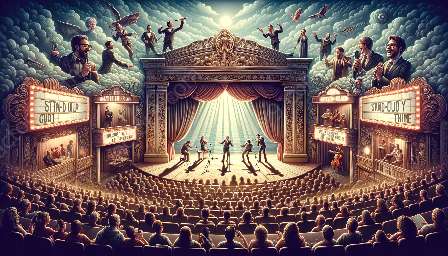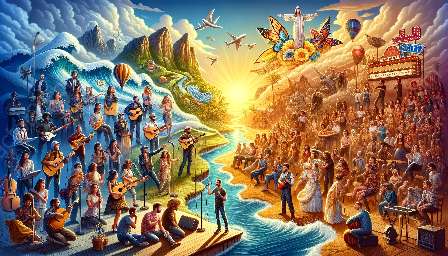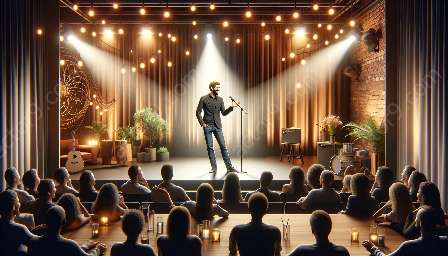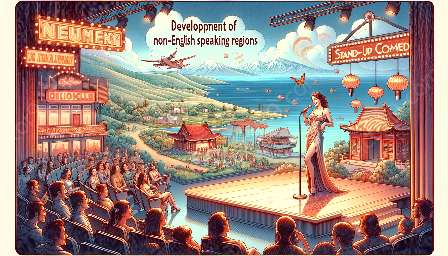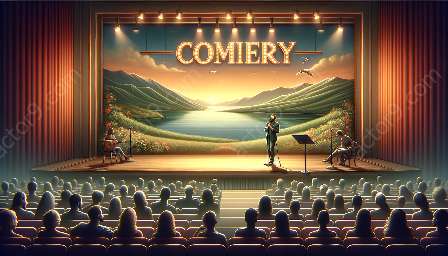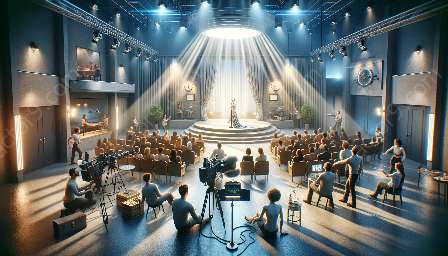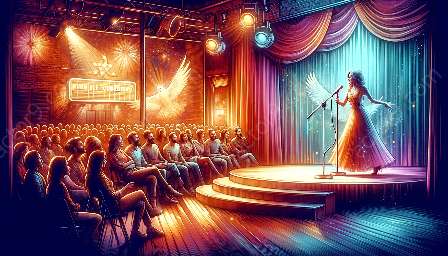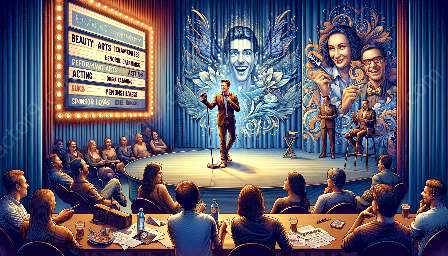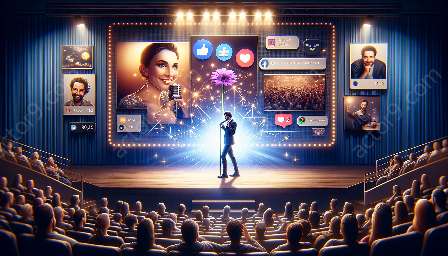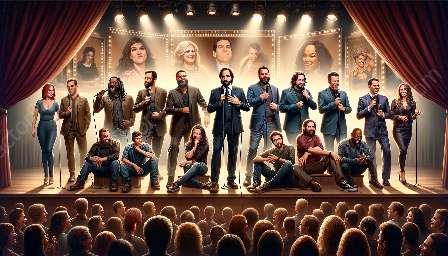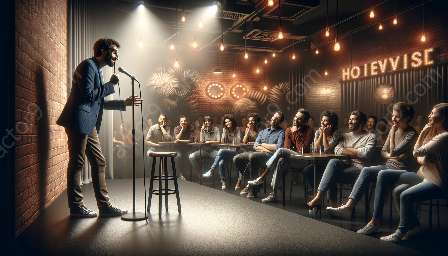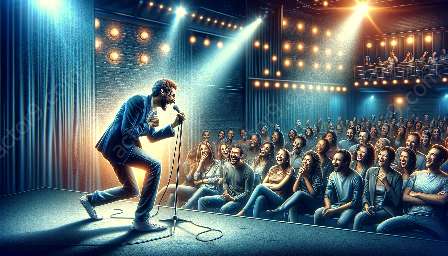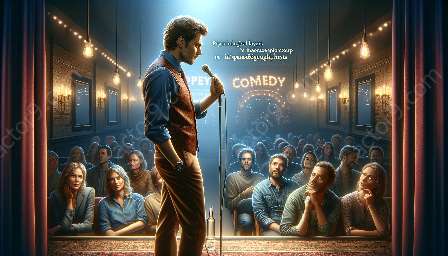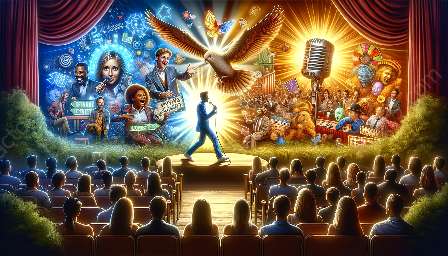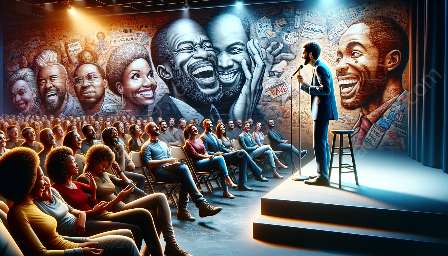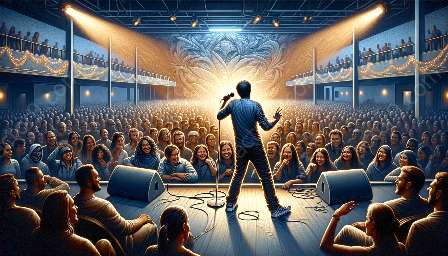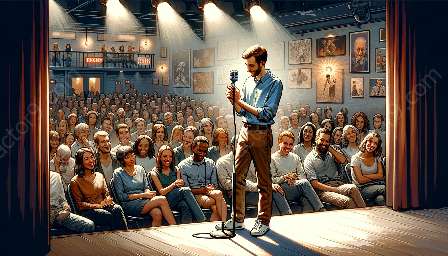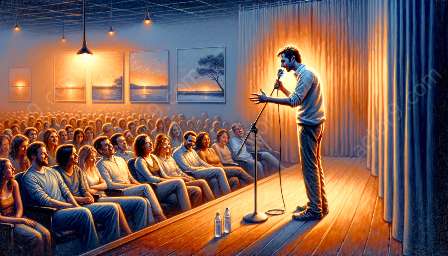Stand-up comedy is a unique form of performance art that has the power to captivate audiences with its raw, unfiltered humor and relatable storytelling. When combined with other performance art forms, such as music, improvisation, or theater, stand-up comedy takes on new dimensions, offering both challenges and benefits.
The Benefits of Combining Stand-Up Comedy with Other Performance Art Forms
1. Enhanced Creativity: By merging stand-up comedy with other performance art forms, comedians have the opportunity to explore new creative outlets and experiment with unique and innovative ways of engaging their audience. It allows them to transcend the traditional boundaries of stand-up comedy and infuse their acts with fresh, inventive elements.
2. Diversified Audience Appeal: Combining stand-up comedy with other performance art forms broadens the appeal of the show, attracting a more diverse audience. For instance, integrating music into stand-up routines can cater to music enthusiasts, while incorporating improvisational elements can draw in fans of spontaneous humor and wit.
3. Enriched Entertainment Experience: The fusion of stand-up comedy with other performance art forms offers a multifaceted entertainment experience. It provides audience members with a dynamic and immersive show that goes beyond traditional stand-up routines, resulting in a richer and more captivating experience.
4. Collaborative Opportunities: Interweaving stand-up comedy with other performance art forms creates collaborative opportunities for artists from different disciplines. This collaborative approach can lead to the development of innovative and original performances that push the boundaries of storytelling and theatrical expression.
The Challenges of Combining Stand-Up Comedy with Other Performance Art Forms
1. Balancing Artistic Elements: A challenge of merging stand-up comedy with other performance art forms lies in maintaining a harmonious balance between the various artistic elements. Comedians must carefully integrate music, improvisation, or other forms without overshadowing the comedic essence of their act.
2. Technical Coordination: When combining stand-up comedy with other performance art forms, technical coordination becomes crucial. Proper synchronization and seamless transitions between different elements, such as music cues or stage effects, require careful planning and execution to enhance the overall performance.
3. Audience Expectations: Combining stand-up comedy with other art forms may present the challenge of managing audience expectations. For example, fans of traditional stand-up may have specific expectations regarding the comedic structure, pacing, and delivery, which can be impacted by the incorporation of other performance art elements.
4. Artistic Integrity: Maintaining the artistic integrity of the stand-up comedy act while integrating other performance art forms is a significant challenge. Comedians must ensure that the essence of their comedic voice remains authentic and unperturbed amidst the incorporation of additional artistic elements.
The Role of Audience Interaction in Combined Stand-Up Comedy Performances
One key aspect that plays a vital role in the success of combining stand-up comedy with other performance art forms is audience interaction. Audience interaction not only fosters a sense of connection and rapport between the performer and the audience but also adds an element of unpredictability and spontaneity to the show.
1. Engagement and Connection: By incorporating audience interaction, comedians can create a more engaging and personalized experience for the audience. Interacting with the audience allows performers to establish a connection, adapt their material in real-time, and create moments of shared laughter and camaraderie.
2. Adaptability and Improvisation: Audience interaction adds an element of adaptability and improvisation to the performance. Comedians can seize upon audience reactions, incorporate spontaneous banter, and tailor their material based on the audience's responses, thereby infusing the show with unpredictable and memorable moments.
3. Dynamic Energy: Audience interaction injects a dynamic energy into the performance, creating a lively and interactive atmosphere. This dynamic exchange between the performer and the audience fosters a sense of excitement, as audience members become active participants in the comedic experience.
By embracing the challenges and leveraging the benefits of combining stand-up comedy with other performance art forms, while also integrating audience interaction, performers can create innovative and compelling entertainment experiences that resonate with diverse audiences and leave a lasting impression. The fusion of these elements paves the way for an exciting evolution in comedic performance art, offering a platform for creativity, collaboration, and unforgettable moments of laughter and connection.


